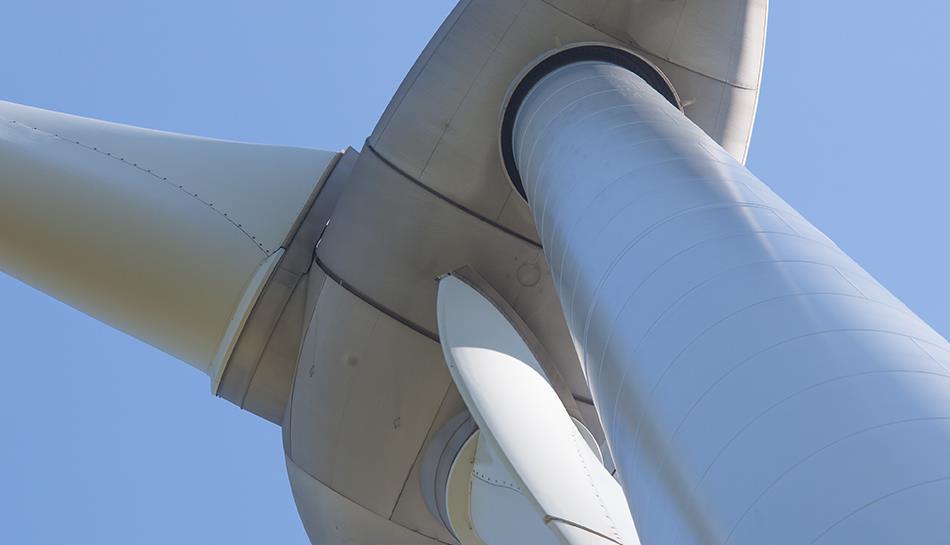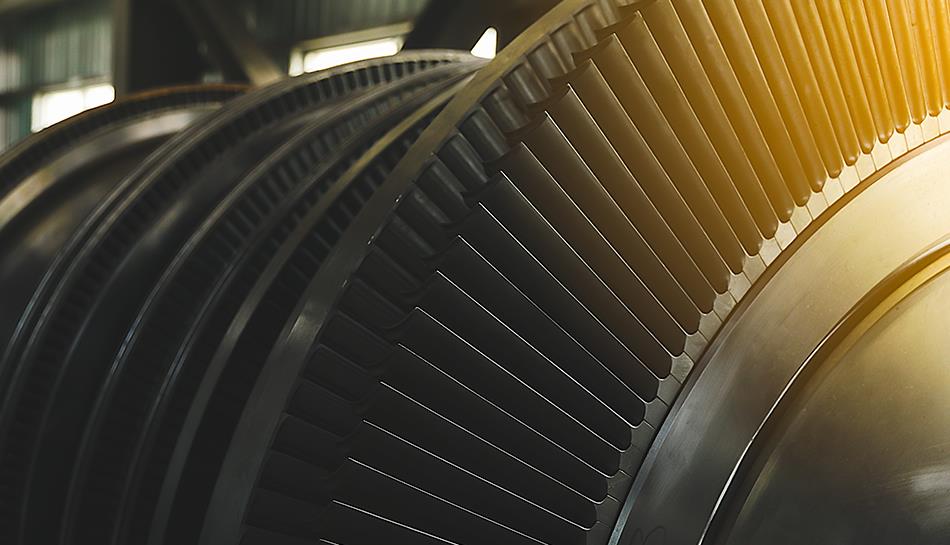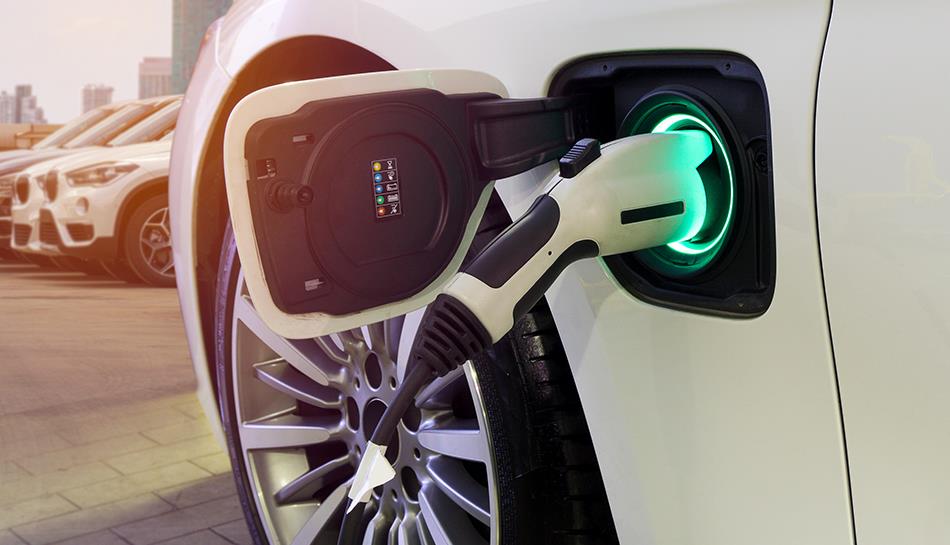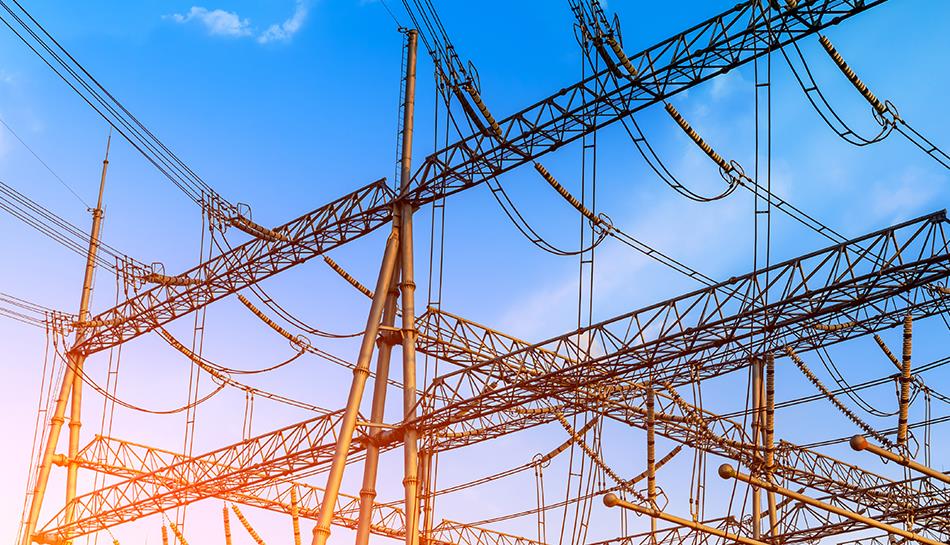Michigan1 is blessed with both natural resources and beautiful natural features; however, this is a mixed blessing as we look for ways to meet future energy requirements. Most consumers do not want to see, hear or think about where their energy comes from — and they don’t want energy infrastructure intruding into their favorite natural areas. Striking a balance between conservationist goals and providing reliable, accessible energy is a challenge Michigan faces.
To reduce energy use, Michigan could shut down manufacturing, but that would wreck the state’s economy and drive a large segment of the population out of the state. Michigan could shut down tourist attractions to reduce vehicle traffic, offering virtual reality visits instead; but again, that would seriously damage the state’s economy. Due to these factors — and for the purpose of this article — let’s assume that Michigan’s economy in the future will be based primarily on manufacturing, tourism and farming.
Today, Michigan uses fossil fuels to power most of the state’s economy; gasoline, propane, coal and other fossil fuels power homes, stores, offices, factories and transportation. While the state has some renewable resources and some nuclear power, most energy generation is still fossil based. The four nuclear reactors in the state will likely retire by 2050; Palisades is confirmed to retire in 2022; the licenses for the two Cook units expire in 2034 and 2037 and probably will not be renewed; and Fermi will probably see extensions of its license to 2050. Additionally, while DTE Energy currently holds a license to build a new nuclear plant, the likelihood that it will — given the costs — is small. That’s another four gigawatts of baseload power that will disappear.
Roughly one-third of Michigan’s current fossil fuel is utilized for transportation. Another third is used in generating electricity, which is then utilized for many purposes, including a very small but growing share of transportation needs. The final third of Michigan’s fossil fuel usage is for heating, feedstock or as material for manufacturing, power and chemicals used on farms, and in other activities.
Technology exists today to convert most personal transportation to electric vehicles. Technology also exists to convert all or most electricity generation to renewable sources. Maximum application and combination of existing and near-future technologies could make electricity up to 80% or 90% of the total energy type consumed in Michigan, freeing up renewable fuels, such as renewable natural gas and biodiesel, to be used as feedstocks or lubricants. Additionally, most plastics are created from fossil sources, but in the future, many could be made from soybeans or other plant products.









